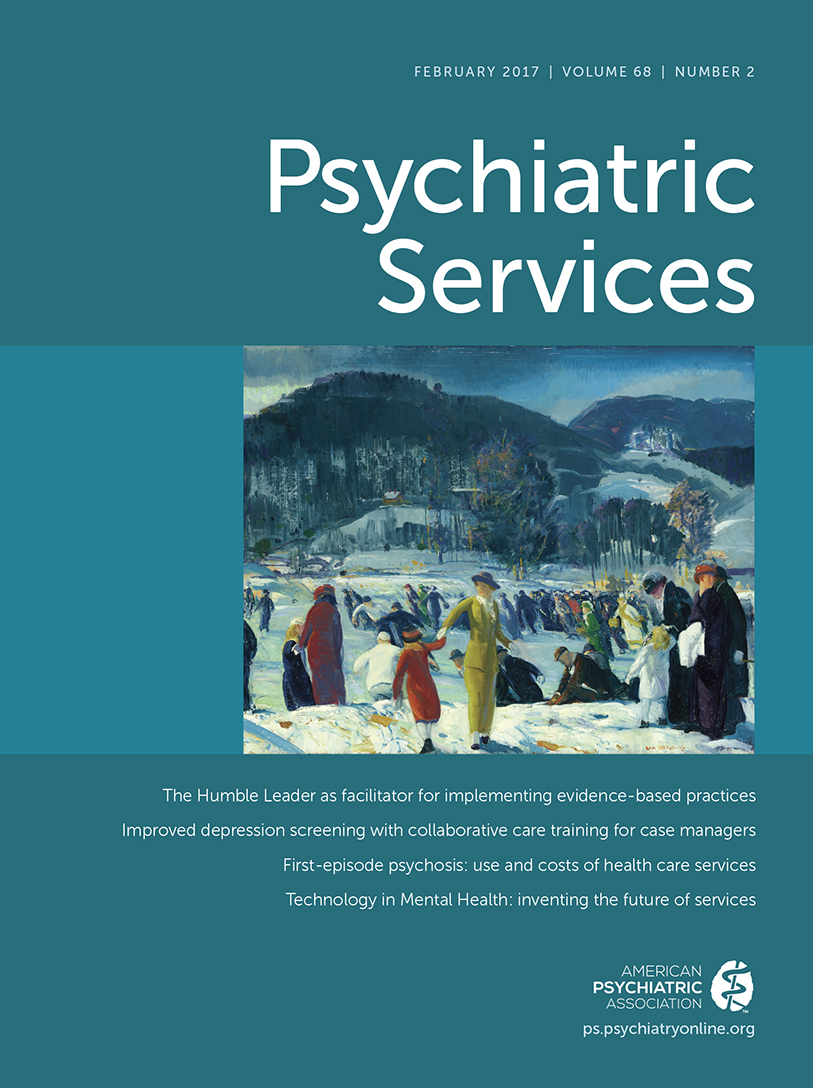Crime, Vulnerability, and AOT
In this issue, Segal and Sisti argue that individuals on assisted outpatient treatment (AOT) are “uniquely vulnerable” as potential research participants. To minimize this risk, they have created a new designation for this subclass of persons: “restricted community members.” The authors believe individuals on AOT fall somewhere between psychiatric inpatients and members of the community, perhaps comparable to justice-involved individuals on probation or parole. We believe the authors are proposing a solution for a problem that does not exist. Individuals on AOT are clearly members of the community and are absolutely not criminals. Furthermore, existing research protections are adequate when carried out by ethical researchers.
AOT remains controversial. Some critics view court-ordered treatment as unnecessarily coercive. Others claim that AOT’s enforcement is limited and therefore not likely to be effective. Some have suggested that AOT should be conceptually based not on dangerousness, its current basis, but on a lack of decision-making capacity in regard to treatment.
Despite the controversy, use of AOT is increasing. Forty-six states have mechanisms to use civil court orders to mandate outpatient treatment for individuals with serious mental disorders who would not otherwise accept treatment. The American Psychiatric Association’s recent position statement notes, “Involuntary outpatient programs have demonstrated their effectiveness when systematically implemented, linked to intensive outpatient services and prescribed for extended periods of time.” The Substance Abuse and Mental Health Services Administration recently awarded grants to 17 communities to start AOT programs.
In the United States, AOT may be best understood as court-ordered monitoring. Individuals on AOT are living unrestricted in the community. Their treatment plan is ordered by the civil court system, but medication is not forcibly administered in the community. Although hospitalization is not a direct result of nonadherence to the treatment plan, there are mechanisms for a court-ordered evaluation of those needing hospitalization—and judicial review should hospitalization result. Proponents of AOT argue that its use will reduce rates of violence and arrest; however, this may apply only to a small subset of individuals with previous justice system involvement.
A 2007 Institute of Medicine (IOM) report recommended that the definition of prisoner for research protection purposes should “include all settings . . . in which a person's liberty is restricted by the criminal justice system.” Institutional review boards (IRBs) have interpreted this as not including everyone on parole and probation but only the small portion court ordered to residential treatment and other settings where they are under strict control of the justice system. The IOM recommended that individuals who are civilly committed because of mental illness should not be considered prisoners. Yet Segal and Sisti continue to conflate AOT with criminality and prison status, unnecessarily adding to stigma and confusion.
Apparently much of the motivation behind Segal and Sisti's well-meaning suggestion was their participation in study CTN-0051, which examined the effectiveness of buprenorphine-naloxone compared with injectable naltrexone. Concerned that some potential participants might become involved in the justice system during the study, the investigators sought guidance from the Office of Human Research Protections (OHRP). This guidance was interpreted as suggesting that individuals on AOT should be considered prisoners. If so, this exemplifies the saying that “hard cases make bad law.” We do not know what information was presented to the OHRP, but individuals on AOT should not be identified for research purposes as prisoners or restricted community members.
The authors’ assertion that individuals on AOT are “doubly vulnerable” because “they are both mentally ill and under strict court supervision” should not lead to an assumption of the need for special protections, especially because vulnerability is a multilayered, contextual, and fluid concept. Persons with mental disorders are not afforded special protections compared with populations identified in the subparts of the Common Rule. Nevertheless, IRBs have been appropriately recognizing vulnerabilities in this population, protecting persons who may not have the capacity to consent, identifying best practices and processes for consent and assent, paying careful and considerate attention to the environment in which research is conducted, and involving community experts and community-based methods to develop and conduct ethical research. Standard practices of education and training about inclusion of human subjects in research require investigators to understand the vulnerabilities of individuals on AOT and to conduct research and the informed consent process in ways that both address and prevent erroneous beliefs that participation in research is required and can influence or alter their legal status or access to AOT.
Ethical research does not require creating a special designation for individuals on AOT.



